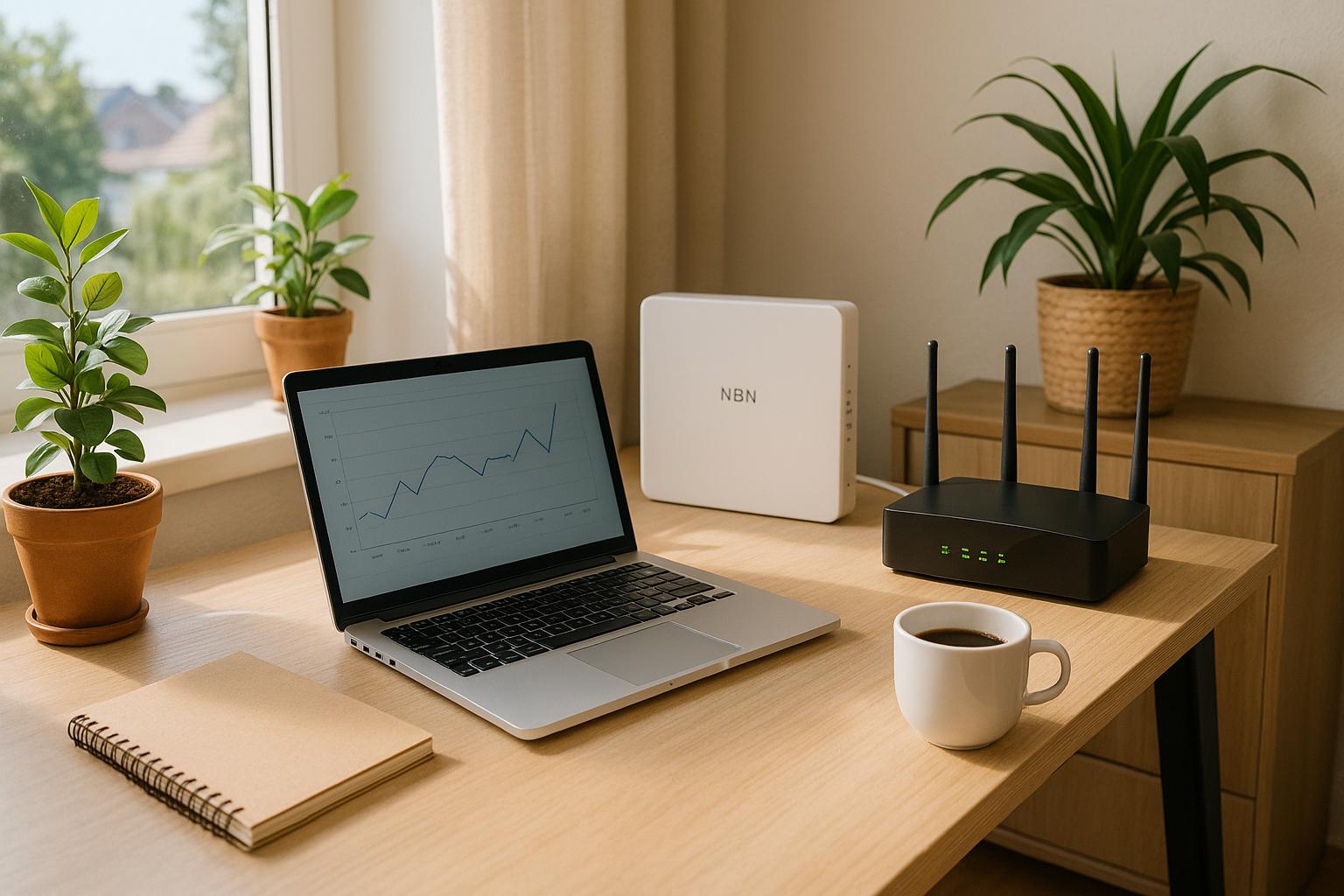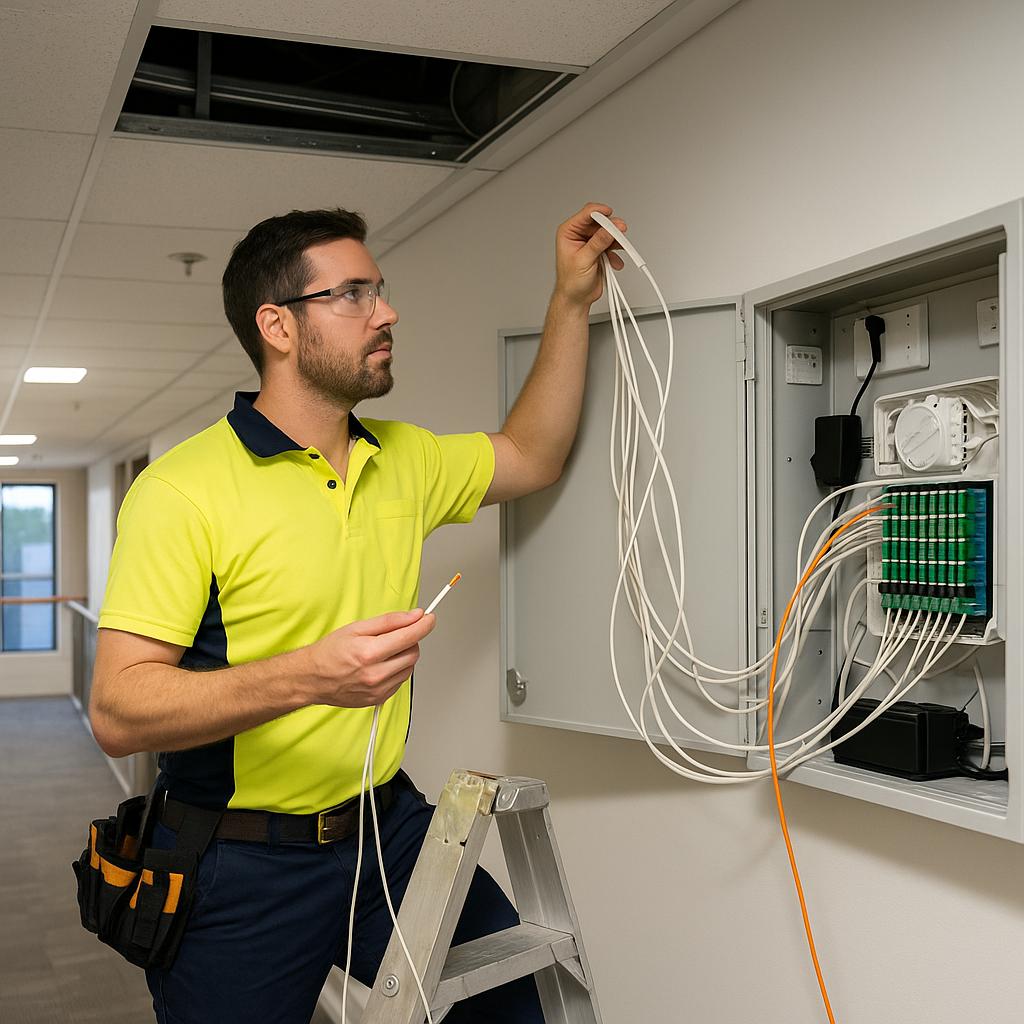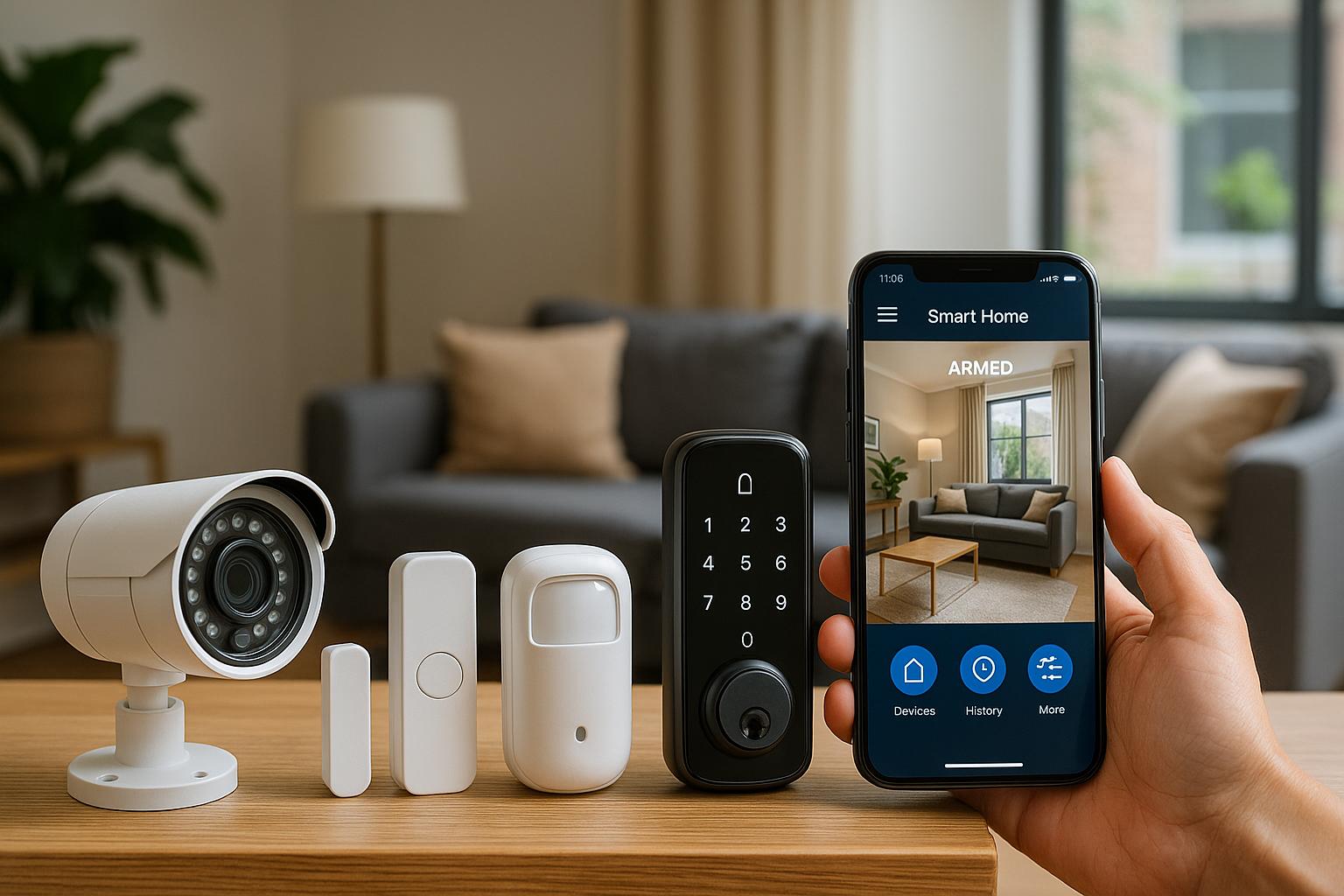Nowadays, it’s hard to imagine life without a solid internet connection. Your home internet powers your binge-watching/online gaming sessions and keeps you connected with friends over social media around the clock.
But that’s just the beginning. Reliable internet also means that 37% of Australians can now work from home, enjoying the perks of a flexible schedule and a better work-life balance.
However, having internet at home isn’t always smooth sailing. Issues like slow speeds, dropped connections, and limited range can easily disrupt your day-to-day.
Slow Wi-Fi can be more frustrating than no Wi-Fi at all. In most cases, the culprit is a single router trying to cover too much house. A mesh Wi-Fi system can resolve this issue by spreading multiple access points around your home to improve your Wi-Fi’s range and performance.
In this post, we’ll take a deep dive into the basics of mesh Wi-Fi, its benefits, and how to choose the right mesh system for your home.
Let’s start.
What is Mesh Wi-Fi?
Wondering ‘What is mesh Wi-Fi?’ Put simply, it’s a system that uses several devices, called nodes, to spread your Wi-Fi signal throughout your home. Unlike traditional routers that work from one spot, mesh Wi-Fi has multiple points talking to each other to cover every inch of your home.
If your home office is tucked away in a far corner and struggles to catch a good Wi-Fi wave, a mesh Wi-Fi network can be a game changer. It boosts your home’s internet, so it reaches all over- including those annoying ‘dead zones’ where the connection usually drops or is weak.
What is Included in a Mesh Wi-Fi System?
The mesh Wi-Fi setup starts with a main mesh router, which plugs into your modem. The router links up with smaller devices, called nodes or extenders, to form a full mesh network.
The nodes constantly talk to each other to figure out the fastest way to disperse your online traffic. It’s a big step up from old-school routers that cannot adjust to pick the best data path for your internet.
Mesh Wi-Fi is especially effective in eliminating dead zones. Each node acts like a mini-Wi-Fi source, boosting the reach and strength of your internet across your whole house. This is especially helpful in big homes or places with multiple floors and walls.
Benefits of Mesh Wi-Fi
Choosing mesh Wi-Fi means investing in a smarter, more connected home. Here’s how it can benefit you.
1. Seamless Multi-Device Connectivity
One of the biggest perks of mesh networks is their ability to handle multiple devices. Today, most households have several devices that need the internet, and keeping them all connected can be tricky. Mesh Wi-Fi steps in to sort out these connectivity hiccups.
Here’s what happens. All the nodes in a mesh system link up to form one big network. As a result, your devices won’t lose connection when you move around the house.
With mesh Wi-Fi, your devices always connect to the strongest signal automatically. Whether you’re watching movies, working, or using your phone, you stay connected without having to switch networks manually.
Mesh Wi-Fi is also perfect for smart homes filled with tech gadgets like smart lights, Wi-Fi air conditioners, and smart speakers. It makes sure these devices have a strong internet connection to work properly.
2. Better Wi-Fi and Signal Coverage
Because mesh Wi-Fi systems rely on a multi-node network, they spread your Wi-Fi signal evenly from your basement to your attic- and even out to your yard. If you’re living in a big home with multiple floors, a mesh setup can ensure every corner of your space has consistent and reliable connectivity.
3. Tight Security
Cybersecurity attacks have risen by 67% in the last five years, which makes protecting your home network more important than ever. Mesh Wi-Fi systems are designed with robust security measures to safeguard your internet connection.
Mesh networks use advanced encryption protocols to secure all data traveling through your network, including sensitive emails and online banking details. Additionally, they come with user-friendly apps that let you monitor who’s connected to your network. You can easily create guest networks to offer Wi-Fi access to visitors without exposing your main network.
4. Easy Setup and Management
Setting up mesh Wi-Fi is typically a breeze and can be done through a straightforward app on your smartphone. You can use it to adjust network settings, monitor connection speeds, and manage connected devices effortlessly.
Many mesh router apps also allow users to cut off Wi-Fi access to certain networks and test the quality between different connection points. Some high-end traditional routers have similar features, but you’ll need to connect to the local network through a desktop to turn them on.
How to Choose the Right Mesh System for Your Home?
Looking to get a mesh Wi-Fi system for your home? Here are a few things to keep in mind.
1. Assess Your Space
Before purchasing a mesh network, consider the size of your space. Since mesh systems come in various capacities, it’s important to choose one that can cover your entire space without any lapses in signal. For larger homes or buildings with multiple floors and walls, opt for a system with more nodes.
2. Consider Device Load
Think about how many devices will connect to your network. Homes with multiple users who stream videos, play online games, or use smart home devices will need a robust system that can handle several connections without slowing down. Look for a mesh system that offers high bandwidth and advanced features like MU-MIMO (Multi-User, Multiple Input, Multiple Output) technology.
3. Check for Future-Proofing Capabilities
To protect your investment, choose a mesh system that supports the latest Wi-Fi standards (such as Wi-Fi 6), and includes automatic updates to keep the system secure and functioning optimally.
4. Compare Costs and Value
Finally, compare the cost of different mesh systems along with the features they offer. While it may be tempting to go for a cheaper option, make sure it doesn’t skimp on important features such as coverage, speed, and security. Sometimes, spending a bit more upfront can save you from upgrade costs and security issues later.
The Bottom Line
By now, you should have a solid understanding of how does mesh Wi-Fi work and how it could be just what you need to solve your connectivity issues. If you’re ready to say goodbye to dead zones and hello to a superior Wi-Fi experience, consider upgrading to a mesh Wi-Fi system.
Want to learn more about mesh Wi-Fi? The team at RBE Internet will be happy to answer your queries. Get in touch with us today!



